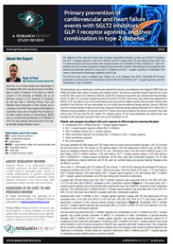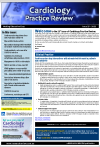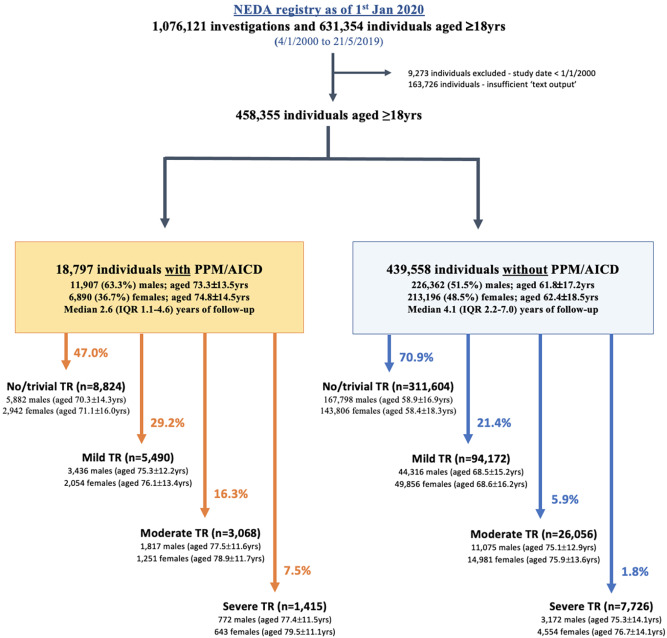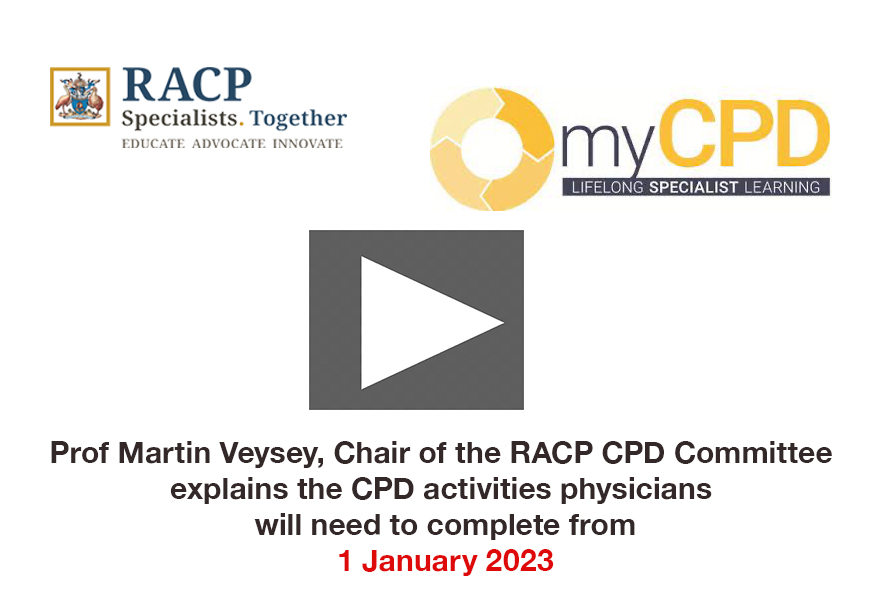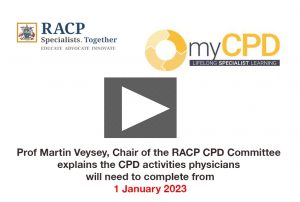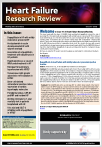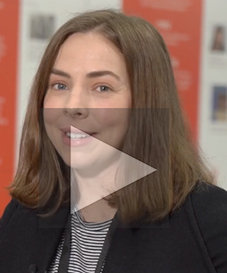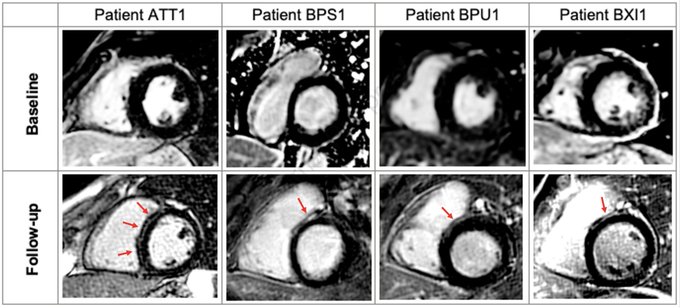In this edition:
- ADVOR: acetazolamide in acute HF
- REVIVED: percutaneous revascularisation for ischaemic LV dysfunction
- Genotype-guided P2Y12 inhibitors reduce ischaemic events post-PCI
- Meta-analysis of DELIVER and EMPORER-Preserved
- PACIFIC-AMI: asundexian + DAPT after acute MI
- ALL-HEART: allopurinol and CV outcomes in ischaemic heart disease
- SECURE: polypills for secondary prevention
- PERSPECTIVE: sacubitril/ valsartan and cognitive function in HF
- TIME: morning vs. evening antihypertensives
- POST-PCI: routine stress testing after high-risk PCI


